Popol Vuh - Nosferatu (Reissue, Remastered) (1978/2004)
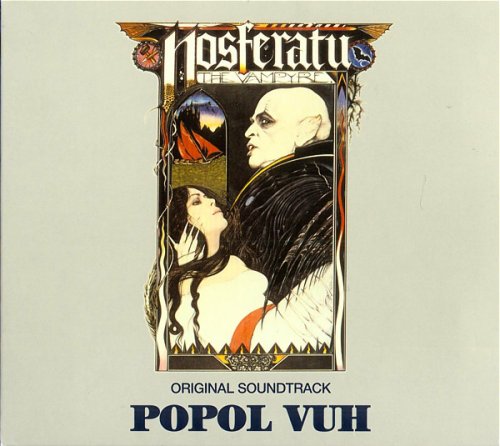
Artist: Popol Vuh
Title: Nosferatu
Year Of Release: 1978/2004
Label: SPV Recordings
Genre: Krautrock, Prog Rock, Experimental
Quality: Mp3 320 / APE (image, .cue, log)
Total Time: 01:05:33
Total Size: 170/361 Mb (scans)
WebSite: Album Preview
Title: Nosferatu
Year Of Release: 1978/2004
Label: SPV Recordings
Genre: Krautrock, Prog Rock, Experimental
Quality: Mp3 320 / APE (image, .cue, log)
Total Time: 01:05:33
Total Size: 170/361 Mb (scans)
WebSite: Album Preview
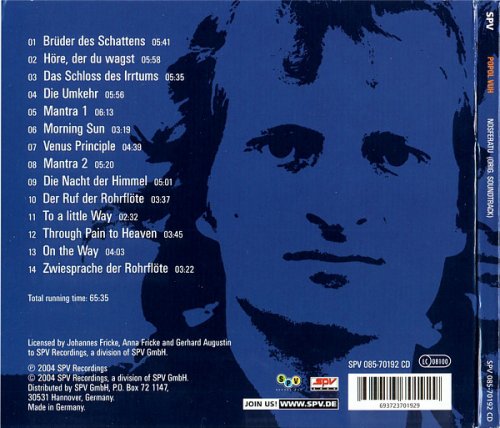
Tracklist:
1. Brьder des Schattens 5:41
2. Hцre, der du wagst 5:58
3. Das Schloss des Irrtums 5:35
4. Die Umkehr 5:56
5. Mantra 1 6:13
6. Morning sun 3:19
7. Venus principle 4:39
8. Mantra 2 5:20
9. Die Nacht der Himmel 5:01
10. Der Ruf der Rohrflцte 3:37
11. To a little way 2:32
12. Through pain to heaven 3:45
13. On the way 4:03
14. Zwiesprache der Rohrflцte 3:22
Line-up::
De Jong, Ted (tamboura)
Fichelscher, Daniel (e-guitar, a-guitar)
Fricke, Florian (piano, synthesizer)
Gromer, Alois (sitar)
Guest: A chorus from Munich
Florian Fricke was born by Lake Constance in 1944. From 1959 till 1963 he studied music in Munich, where he was a pupil of Rudolph Hindemith (Paul Hindemith's brother). At the age of 25 he became acquainted with the Moog synthsizer which leads him to form his band POPOL VUH. This name and inspiration come from the holy book of Guatemala's Quiche Indians. Historically, Popol Vuh's "Affestunde" (1970) is the first experimental rock release entirely built around the Moog Synthesiser (with the add of percussions to provide a mystical flavour).
In 1971, their second album "In Den Garten Pharaos" keeps on fusing ambient electronic textures with traditional, ethnic instruments, but put the stress on spiritual themes. In 1972, "Hosianna Mantra" marked a turning point in POPOL VUH career by rejecting electronic instrumentations in favour of acoustic elements including a lot of oboe, konga, tamboura accompaniment and female vocals (the Japanese soprano Djong Yun and later Renate Knaup, front woman of AMON DÜÜL II)
In 1974, after the departure of the guitarist Conny Veit (the founder of GILA), Daniel Fichelscher (former drummer of AMON DÜÜL II) becomes an active member of POPOL VUH ethereal and spiritual adventure. Florian Frike's POPOL VUH was also known from a larger audience thanks to the collaboration with the German director Werner Herzog, providing the soundtracks of many of his classic films, notably the hypnotic and reflective "Aguire, Wrath of God", "Heart of Glass"...In 1978, Florian Fricke founded the "working group for creative singing" and became a member of the society of breathing therapy. He holds lectures all over the world on his work in this field.
In 1971, their second album "In Den Garten Pharaos" keeps on fusing ambient electronic textures with traditional, ethnic instruments, but put the stress on spiritual themes. In 1972, "Hosianna Mantra" marked a turning point in POPOL VUH career by rejecting electronic instrumentations in favour of acoustic elements including a lot of oboe, konga, tamboura accompaniment and female vocals (the Japanese soprano Djong Yun and later Renate Knaup, front woman of AMON DÜÜL II)
In 1974, after the departure of the guitarist Conny Veit (the founder of GILA), Daniel Fichelscher (former drummer of AMON DÜÜL II) becomes an active member of POPOL VUH ethereal and spiritual adventure. Florian Frike's POPOL VUH was also known from a larger audience thanks to the collaboration with the German director Werner Herzog, providing the soundtracks of many of his classic films, notably the hypnotic and reflective "Aguire, Wrath of God", "Heart of Glass"...In 1978, Florian Fricke founded the "working group for creative singing" and became a member of the society of breathing therapy. He holds lectures all over the world on his work in this field.
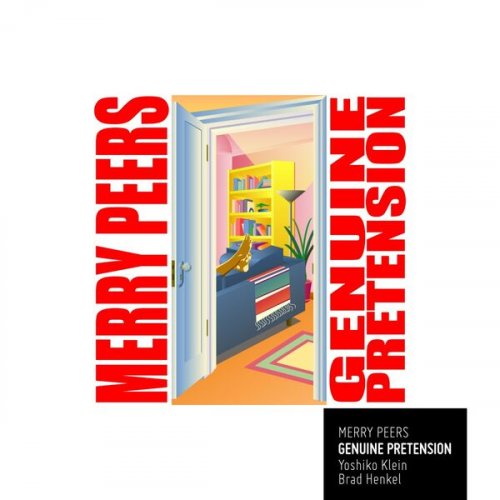
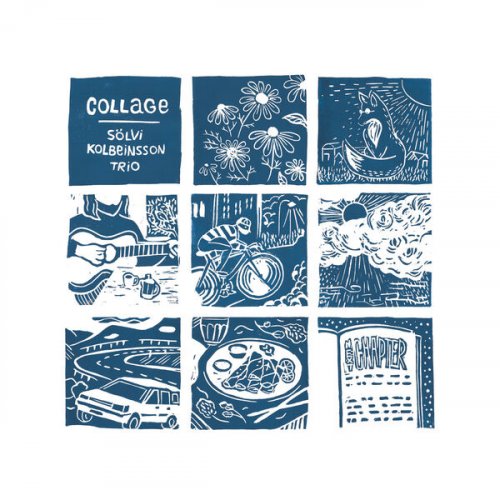
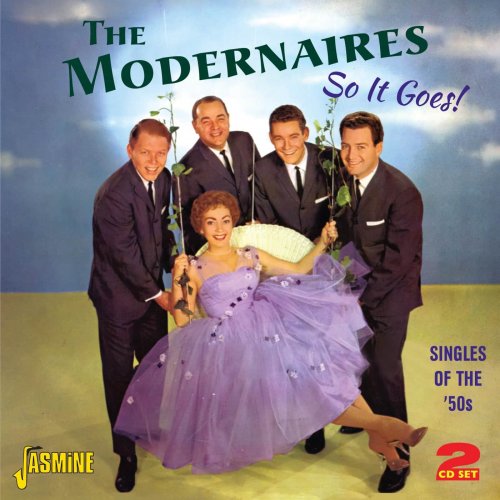
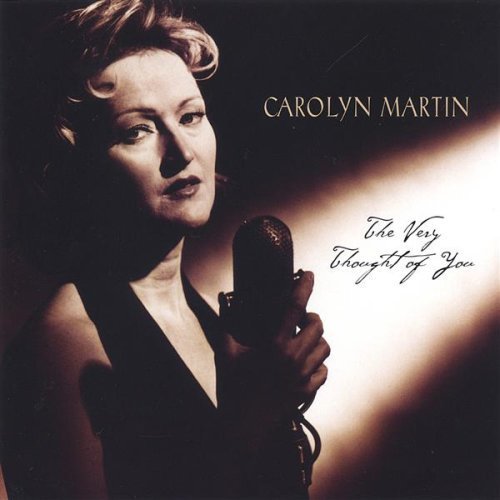
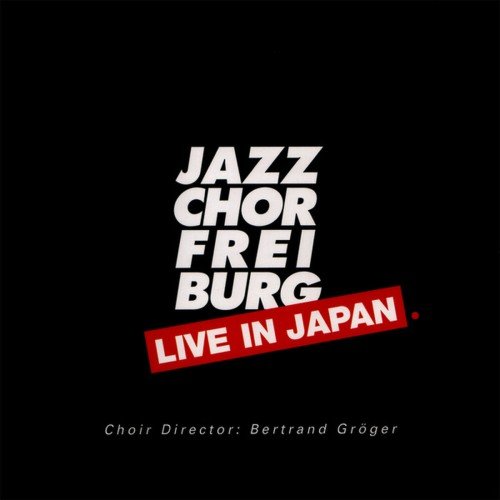


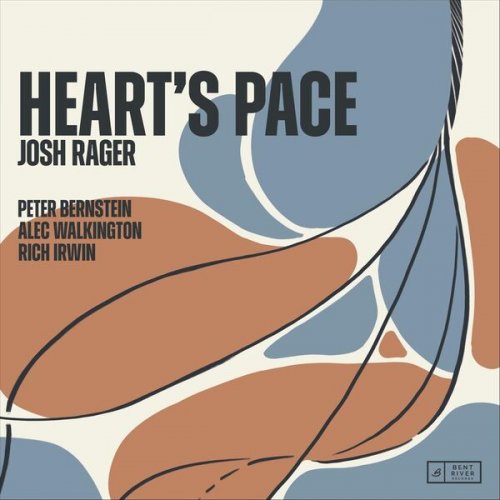
![Stille Grender, Eva Bjerga Haugen - Svart senker natten seg (2025) [Hi-Res] Stille Grender, Eva Bjerga Haugen - Svart senker natten seg (2025) [Hi-Res]](https://www.dibpic.com/uploads/posts/2025-12/1765550212_ktbxqyoaitggb_600.jpg)